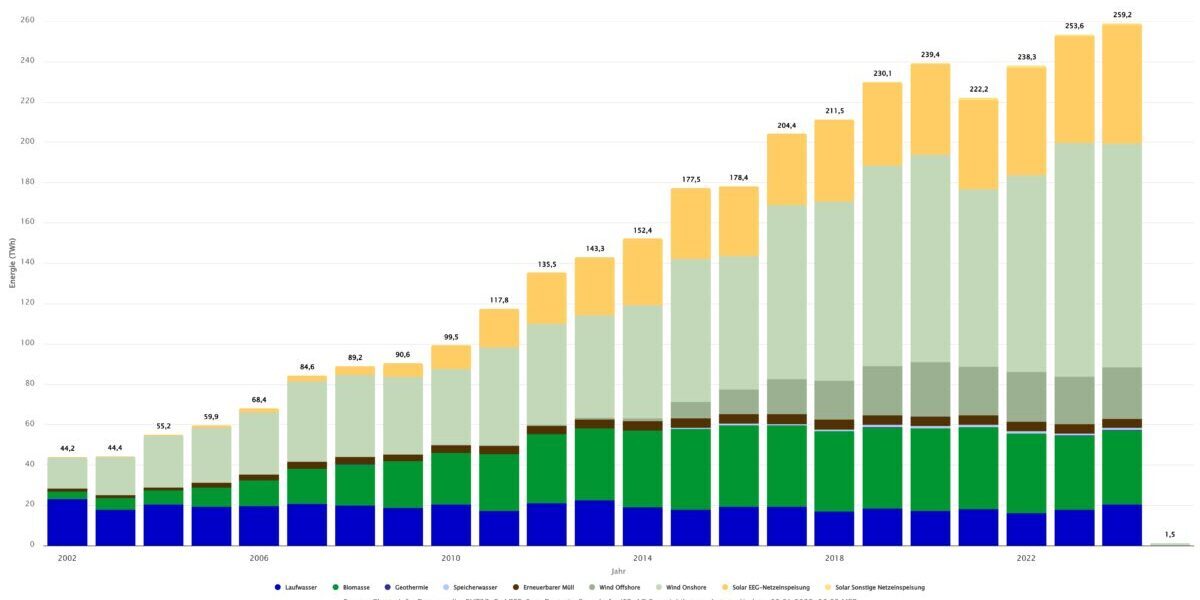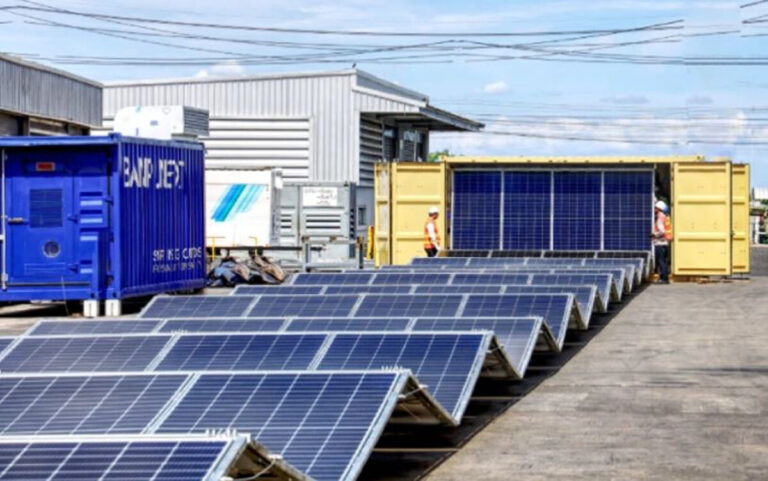A Western Australia-based developer of hybrid solar and battery systems has shown that its hybrid units deployed in remote locations for businesses and communities can potentially replace around 150 liters of diesel per day.
Western Australia-based Australian Flow Batteries (AFB) has used the Australian Automation and Robotics Precinct (AARP) to demonstrate its diesel replacement system, a mobile, rapidly deployable hybrid energy solution that combines a 123-metre retractable solar panel with a container vanadium redox flow battery (VRFBs).
AFB Director Shane Meotti said access to a dedicated test environment that simulates real-world conditions, without the limitations and risks of testing at active operating sites, has significantly accelerated AFB’s diesel replacement system.
“The ability to bring potential customers to the site and demonstrate the capabilities of our system in a safe, yet realistic environment has been invaluable,” said Meotti.
“The unexpected insights we gained from the extensive testing program have helped us refine our technology in ways that would not otherwise have been possible.”
According to an AARP overview of AFB’s demonstration, the company used one of the facility’s seven testbed locations and began validating its system with the deployment of the VRFB. It also included managing electrical cables, monitoring the mechanisms of the retractable solar panels and studying their impact. of the environmental conditions for energy production and storage.
The system was packed up and redeployed to run 24-hour operational cycles and test the system’s response to varying load demands and environmental conditions.
AFB found that the system supplied 63% of total power needs from renewable sources during 24-hour periods of low sunshine and up to 82% of power needs from renewables during periods of high variable loads.
A long-term cost analysis found that the system’s electricity costs over a ten-year period are approximately 25% of traditional diesel generation. daily diesel savings of 143 liters per unitwith typical CO2 reductions of 386 kg per day observed at comparable installations.
AARP is located 38 km north of Perth’s CBD. It officially opened in November 2024, made possible by a 28 million AUD ($17.4 million) investment from the Government of Western Australia.
Other organizations using AARP include Solar Energy Robotics, which has tested its autonomous solar cleaning robot, a fully autonomous waterless and self-powered cleaning robot specifically designed for remote operations, and a fast-charging 4WD battery collaboration between industrial battery companies. Switch technologies and technology company Echion Technologies.
This content is copyrighted and may not be reused. If you would like to collaborate with us and reuse some of our content, please contact: editors@pv-magazine.com.
Popular content



